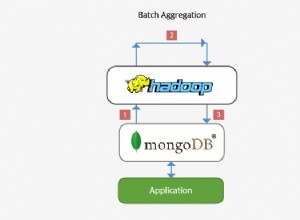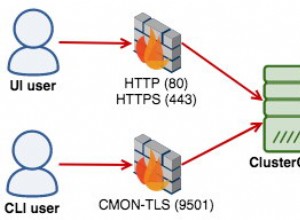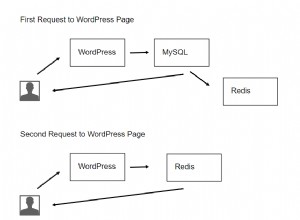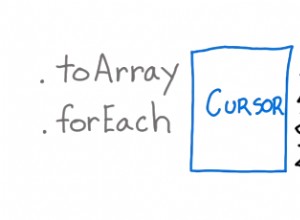Willkommen beim Stapelüberlauf. Es ist eine anständige Frage, die Sie gepostet haben. Bitte lassen Sie mich das Privileg nutzen, Ihnen so gut wie möglich zu helfen.
Dies ist ein Aggregationsbefehl, der in der Mongo-Shell ausgeführt werden kann. Bitte finden Sie die Erklärung inline.
db.collection.aggregate([
//match all those records which involve Wood.
{$match:{$or:[{"to":"wood"},{"from":"wood"}]}},
// sort all the messages by descending order
{$sort:{time:-1}},
{
// Now we need to group messages together, based on the to and from field.
// We generate a key - "last_message_between", with the value being a concatenation
// result of the values in to and from field.
// Now, Messages from Wood to billy and Billy to wood should be treated under a single group right.
// To achieve that, we do a small trick to make the result contain the name coming last
// alphabetically, first. So our key for all the Messages from Wood to Billy and Billy to Wood would be
// "Wood and Billy".
// And then we just display the first document that appears in the group, that would be the
// latest Message.
$group:{"_id":{
"last_message_between":{
$cond:[
{
$gt:[
{$substr:["$to",0,1]},
{$substr:["$from",0,1]}]
},
{$concat:["$to"," and ","$from"]},
{$concat:["$from"," and ","$to"]}
]
}
},"message":{$first:"$$ROOT"}
}
}
])
Sie können das Folgende auf Mungo ausführen.
Collection.aggregate(
{$match:{$or:[{"to":"wood"},{"from":"wood"}]}},
{$sort:{time:-1}},
{
$group:{"_id":{
"last_message_between":{
$cond:[
{
$gt:[
{$substr:["$to",0,1]},
{$substr:["$from",0,1]}]
},
{$concat:["$to"," and ","$from"]},
{$concat:["$from"," and ","$to"]}
]
}
},"message":{$first:"$$ROOT"}
}
},
function(err, res)
{
if (err) return handleError(err);
console.log(res);
}
)




